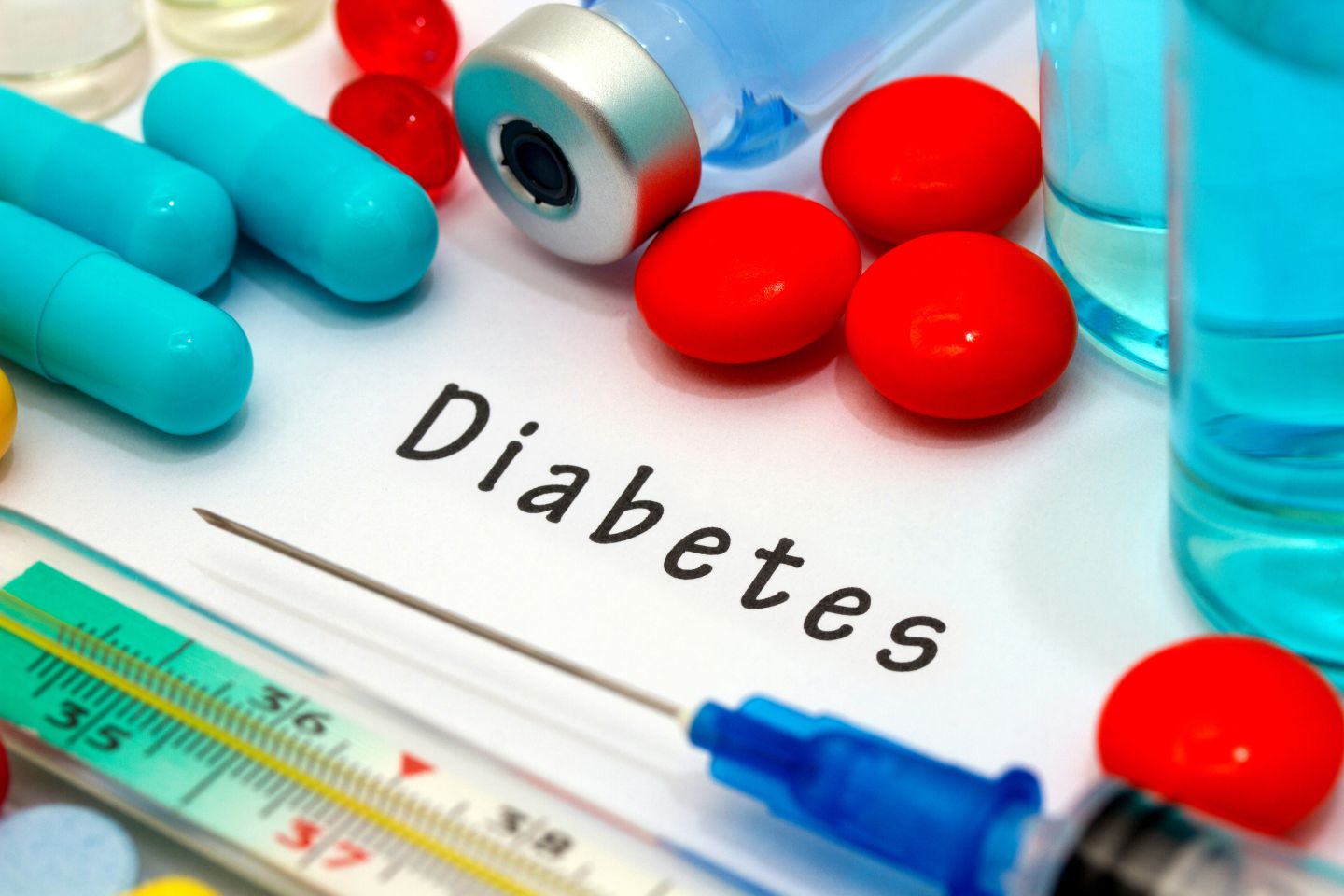At the 2025 European Association for the Study of Diabetes meeting in Vienna, University of Dundee researchers reported that Viperin (RSAD2) is strongly induced by inflammatory cytokines in pancreatic beta cells and islets, and that inhibiting Viperin reduced cytokine‑driven cell death but also weakened glucose‑stimulated insulin secretion. These findings highlight an interferon‑driven axis that may be targeted with careful balancing between cytoprotection and function.
Type 1 diabetes (T1D) is an autoimmune disease in which cytokines, including tumour necrosis factor alpha, interleukin‑1 beta, and interferon‑gamma, trigger beta‑cell stress and apoptosis, accelerating loss of endogenous insulin. Disease‑modifying approaches aim to preserve beta‑cell mass while maintaining glucose sensing and insulin release to reduce reliance on insulin therapy.
In preclinical models, rat insulinoma‑derived beta‑cell line INS‑1 (INS‑1) cells and mouse islets showed rapid, robust Viperin induction after cytokine exposure, while human islets exposed to interferon‑alpha also demonstrated strong Viperin upregulation. Endoplasmic‑reticulum, oxidative, and lipotoxic stressors did not induce Viperin, indicating specificity to cytokine signalling rather than generic cellular stress.
The findings showed that induction depends on Janus kinase (JAK) and tyrosine kinase 2 (TYK2), intracellular signalling enzymes that transmit cytokine signals to the nucleus. Pharmacologic inhibition of JAK or TYK2 suppressed cytokine‑induced Viperin, placing Viperin downstream of a pathway already targeted in other autoimmune diseases and opening the door to repurposing in early T1D. Viperin knockdown reduced antioxidant‑response programs linked to nuclear respiratory factor 1 (NRF1), a transcription factor coordinating cellular stress responses, while nuclear factor erythroid related factor 2 (NRF2) was unchanged. Functionally, Viperin knockdown protected cells from cytokine‑induced apoptosis but lowered glucose‑stimulated insulin secretion, revealing a protection–function trade‑off that will matter for therapeutic design.
Key opinion leaders interviewed by GlobalData said that “relieving patients of lifelong insulin is critical,” emphasising the daily burden of injections or pumps, constant dosing decisions, and persistent hypoglycemia risk; preserving endogenous insulin while minimising treatment complexity is therefore a high‑value goal for clinicians and payers.
From a pharmaceutical strategy perspective, the next step is short treatment bursts that block JAK and TYK2 early or during flares to protect beta cells, paired with an incretin add‑on to support insulin release. Crucially, timing should be guided by simple blood markers rather than continuous therapy, using interferon‑stimulated gene panels that include Viperin, basic cytokine readouts, and a small set of stress markers linked to NRF1. Programs can then judge success with practical measures that matter in clinics and to payers, including stable or improved C‑peptide, lower insulin dose, fewer hypoglycemia alerts, and smoother glucose profiles.

US Tariffs are shifting - will you react or anticipate?
Don’t let policy changes catch you off guard. Stay proactive with real-time data and expert analysis.
By GlobalDataIf validated clinically, this would enable earlier, scalable preservation, reduce long‑term insulin dependence, and complement beta‑cell restoration approaches. Over time, precision interferon‑pathway modulation could shift T1D care toward proactive, outcomes‑aligned regimens that preserve endogenous function while easing the burden of lifelong insulin therapy.






